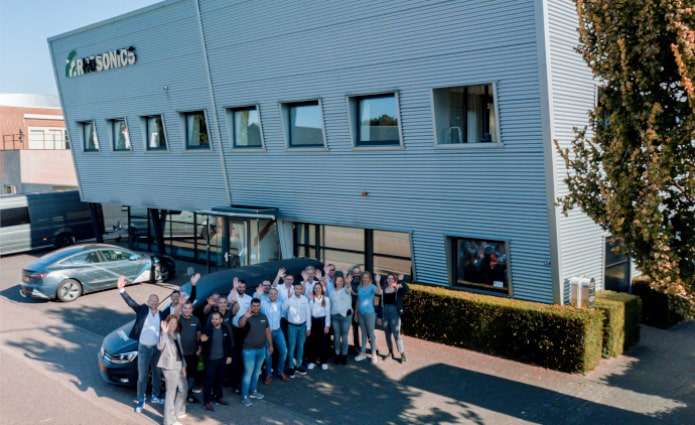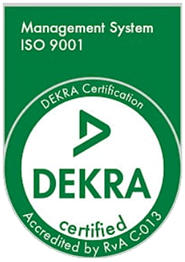Control Strategies for thickeners
Monday 21 Nov 2022
Mineral processing plants are optimizing their operations through the use of advanced control systems, with instrumentation playing a key role. These instruments obtain real-time data on processes, which can be utilized in control loops to regulate valves, pumps, reagent addition, and the introduction of dilution water to slurries to increase process stability and efficiency. This blog will discuss the most common control variables for thickener optimization.
Challenges in Thickening/Dewatering
Companies often encounter various issues in the thickening/dewatering process. One of the most common problems is when the underflow density deviates from the target value, resulting in the presence of solids in the overflow. When the density in a tailing thickener is lower than the target, it can cause water loss into the underflow. This can shorten the life of tailing dams. On the other hand, when the density is higher than the target, it can lead to pump blockage during material transfer to the subsequent process stage. To address these issues, companies need to implement effective control strategies that can optimize the thickening/dewatering process.
Solids in the overflow can significantly affect product quality and cause downstream process issues such as difficulty operating or maintaining filters. Other challenges in the thickening/dewatering process include sliming/flare events, excessive flocculant use, lack of insight into throughput, absence of real-time measurements, and rake bogging/shaft breakages.
Why Process Control?
In real-life situations, there are numerous disturbances in the process, including volumetric flow, changing ore types, particle size changes, and Rheology conditions, among other factors. Therefore, it is crucial to have good control over the process. This requires measuring all possible variables that might arise.
Traditional Control Strategy
Many control strategies are possible for any part of the process. The traditional approach often involves single-loop (PI) controllers to manage underflow pumping and speed based on density. However, this method may require excessive amounts of polymers to compensate for changes, and in some cases, operator intervention is necessary. Therefore, single-loop (PI) controllers are suboptimal for handling the slow and complicated process dynamics.
Advanced Control Strategy
A traditional control strategy is less effective than an advanced control strategy. Consultants usually create Model Predictive Controllers (MPCs) for each process. They determine the best-suited model to the process by creating various models and using all available data to indicate the required instrumentation. Real-time automatic control of desired setpoints (e.g., underflow density, overflow clarity) is possible with these models. This is a standard method for control purposes with a multivariable character and complex response dynamics.
Control Actions for Thickeners
There are different targets to optimize thickener performance:
- To ensure optimum solids content in the tailings impoundment, an underflow density target is used. Additionally, this target ensures optimum water reclaim for the mill.
- A bed/mud level target is used to obtain optimum loading in the thickener without overloading the drive mechanism.
- Bed pressure is used as an indication of solids inventory. This helps the system determine whether a high bed level is the result of decreased settling rate or increased solids inventory.
- In some cases, a drive torque target is used as an indication of acceptable underflow rheology.
Also read our other blog: Control strategies in flotation
Want to have frequent updates on our products? Then please subscribe to our newsletter or follow us on our social media accounts at LinkedIn, Twitter and Instagram.
Receive our technical update?
Fill in your name and email address and we’ll keep you in the loop on our latest technology updates.




